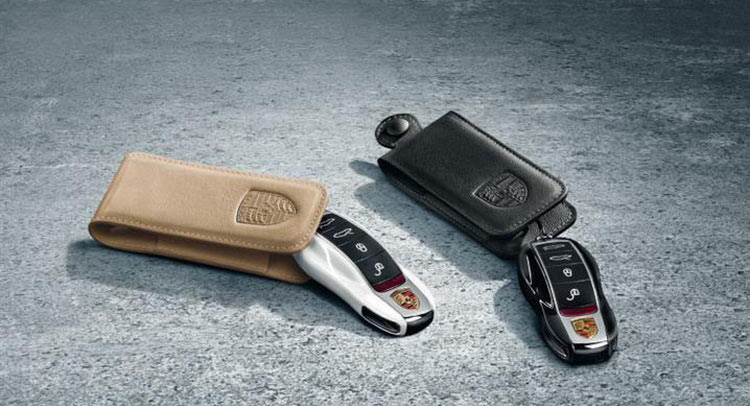Whether your teenage son or daughter is passionate or not about cars, you should still be the one making the responsible choice when it comes to their first ride.
Of course there are parents who will succumb to their kids’ desire, if they can afford it, not taking into consideration how dangerous it may be for them to develop their driving skills in something that will do 0-100 km/h (0-62 mph) in, say, under 5 seconds.
Then again, Consumer Reports’ article isn’t as much about parenting and how much you trust your kid as much as about the very fact that inexperienced drivers tend to make mistakes and your goal as a parent should be to focus on safety first.
Right off the bat, the fight is taken to cars with large capacity engines. Until the downsizing trend took over, these types of vehicles were mostly a lot more powerful than those with four-cylinder units. CR actually suggests that teens start off with something that does 0-60 mph between 7.5 and 11 seconds, and that four-cylinder engines tend to fall into that window.
Well, yes, true. If you live in the US, those are the types of numbers you can expect. Europeans however tend to drive much slower cars when it comes to entry-level models. Some compact cars will even take 13-14 seconds to reach 100 km/h (62 mph). But the point stands nevertheless – not so long ago, at under 7.5 seconds you were delving in hot hatch territory.
Another point is that you should try to stay away from sports cars and large SUVs/Pickups. The first may be too quick and come with higher insurance rates and maintenance costs, while older models may lack certain safety features. Same goes for SUVs – going big doesn’t always mean going safe, at least not according to the IIHS.
Bear also in mind that a big SUV can also become harder to control in an emergency situation, as would a full-size pick-up. Now, CR doesn’t say anything about more compact crossovers, probably because they tend to be more car-like in their behavior.
One factor that may come along as unexpected is the number of passengers. If the car is large enough and your teen can fit a whole bunch of his friends in it, well, that can easily become and distraction. When you’re at the bottom of your learning curve, and with practically little to no experience being distracted can lead to a lot of complications in traffic, even accidents.
Last, though certainly not least, is that CR recommends you get your teen offspring something that stops on a dry surface in 145 feet (44 meters) or less, and that comes with electronic stability control. If you are in the market for a new car, and can afford it, get a car with forward-collision warning and automatic braking.
Story references: consumer reports








